-
- PCB TYPE
- PRINTED CIRCUIT BOARD PROTOTYPE ALUMINUM PRINTED CIRCUIT BOARD R&F PCB FPC HIGH FREQUENCY PCB HIGH-TG PCB HEAVY COPPER PCB HDI PCB PCB FOR LIGHTING METAL CORE PCB
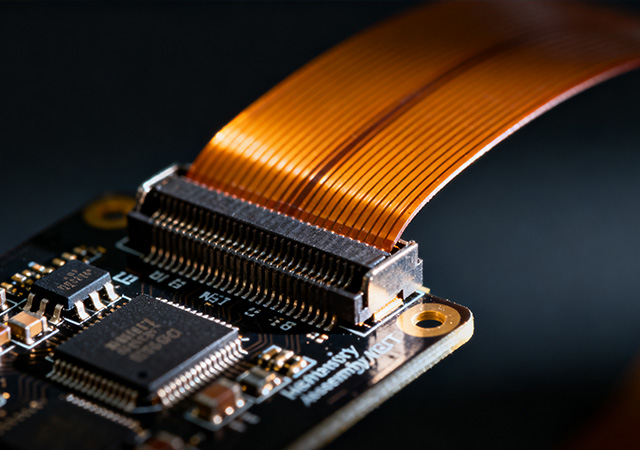
As electronic devices trend toward ultra-miniaturization, high functionality, and flexible form factors, High Density SMT FPC Assembly has emerged as a critical technology in advanced electronic manufacturing. This specialized assembly process combines the precision of high-density surface mount technology (SMT) with the flexibility of flexible printed circuits (FPCs), enabling the integration of hundreds of tiny components—such as microchips, resistors, and capacitors—onto flexible substrates. Unlike traditional rigid PCB SMT assembly, High Density SMT FPC Assembly requires unique expertise in handling flexible materials, controlling thermal stress, and ensuring precise component placement. For industries ranging from consumer electronics to medical devices and automotive systems, this assembly technology is a key enabler of products that balance compact design, high performance, and mechanical adaptability.
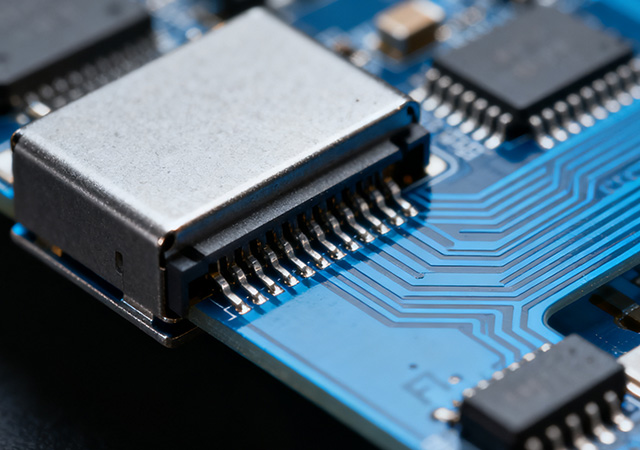
The global electronics industry’s shift toward flexibility, miniaturization, and intelligent integration has elevated the status of professional FPC manufacturers from mere component suppliers to strategic innovation partners. An FPC manufacturer specializes in the research, development, and production of flexible printed circuits (FPCs)—versatile components that enable seamless integration of electronic functions in constrained, curved, or dynamic environments. Unlike rigid PCB manufacturers, FPC manufacturers possess unique expertise in balancing mechanical flexibility with electrical performance, catering to the diverse needs of industries ranging from consumer electronics to industrial automation. For enterprises aiming to develop cutting-edge electronic products, partnering with a reputable FPC manufacturer is essential to translating design concepts into reliable, market-ready solutions.
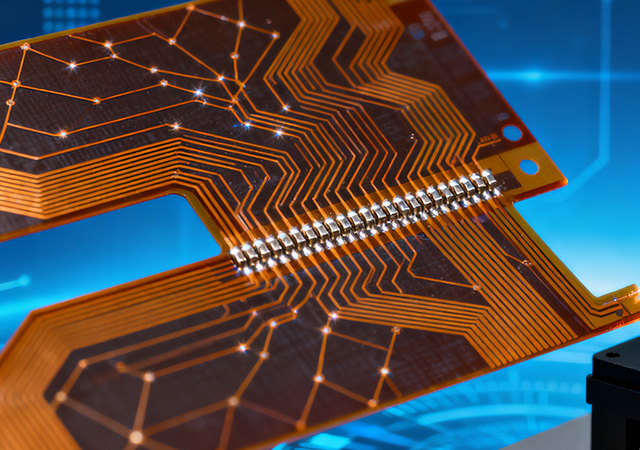
As high-end electronics continue to pursue miniaturization, high integration, and stable performance, the role of a professional HDI FPC Manufacturer has become increasingly vital in the global supply chain. An HDI FPC Manufacturer specializes in the design, development, and mass production of high-density interconnect flexible printed circuits (HDI FPCs), which are essential components for devices requiring compact layouts, high-speed signal transmission, and flexible installation. Unlike general FPC manufacturers, HDI FPC manufacturers possess specialized capabilities in balancing high-density routing with mechanical flexibility, ensuring that their products meet the stringent requirements of industries such as 5G communications, automotive electronics, and precision medical devices. For enterprises aiming to launch innovative electronic products, partnering with a reputable HDI FPC Manufacturer is a critical step to ensure production efficiency, product reliability, and market compe
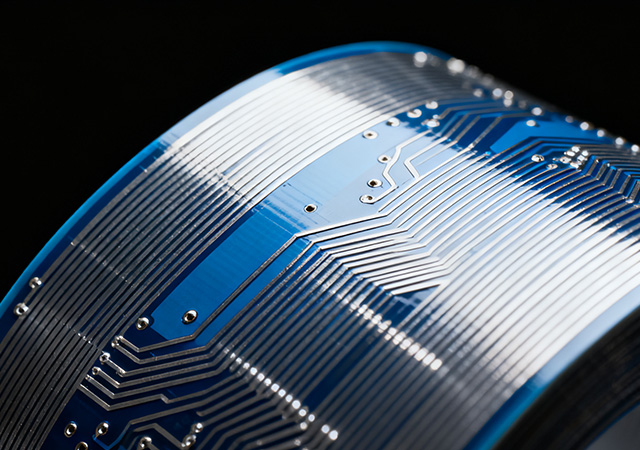
With the rapid evolution of electronic devices toward ultra-compact sizes, high-frequency operation, and multi-functional integration, the demand for high density interconnect (HDI) flexible printed circuits (FPCs) has become increasingly prominent. A professional High Density Interconnect FPC Producer serves as a core innovator in this field, specializing in the R&D and production of HDI FPCs that feature ultra-fine traces, micro vias, and advanced cross-layer interconnect structures. Unlike conventional FPC producers, these specialized providers possess in-depth expertise in resolving signal integrity issues, optimizing interconnect density, and adapting to diverse high-end application requirements. For brands engaged in 5G communications, autonomous driving, and precision medical devices, partnering with a reputable High Density Interconnect FPC Producer is crucial to realizing product innovation and maintaining market competitiveness.
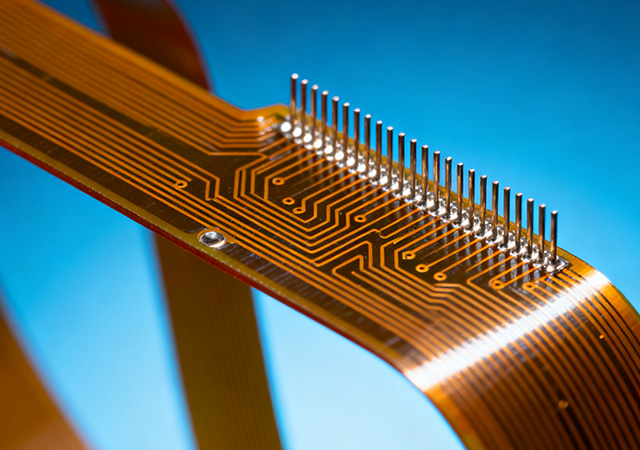
As electronic devices evolve toward ultra-miniaturization, high integration, and high-frequency operation, the demand for flexible printed circuits (FPCs) with superior density and signal performance has surged. A professional 4 Layer HDI FPC Manufacturer emerges as a critical enabler in this landscape, specializing in the production of 4-layer high-density interconnect (HDI) FPCs that combine the flexibility of traditional FPCs with the high-density routing capabilities of HDI technology. Unlike standard FPC manufacturers, these specialized providers possess unique expertise in optimizing 4-layer stackups, fabricating micro blind/buried vias, and ensuring signal integrity—key requirements for powering next-generation electronic products. For brands in high-end consumer electronics, medical devices, and automotive ADAS, partnering with a reputable 4 Layer HDI FPC Manufacturer is essential to translating innovative designs into high-performance, reliable products.

Got project ready to assembly? Contact us: info@apollopcb.com



We're not around but we still want to hear from you! Leave us a note:

Leave Message to APOLLOPCB
